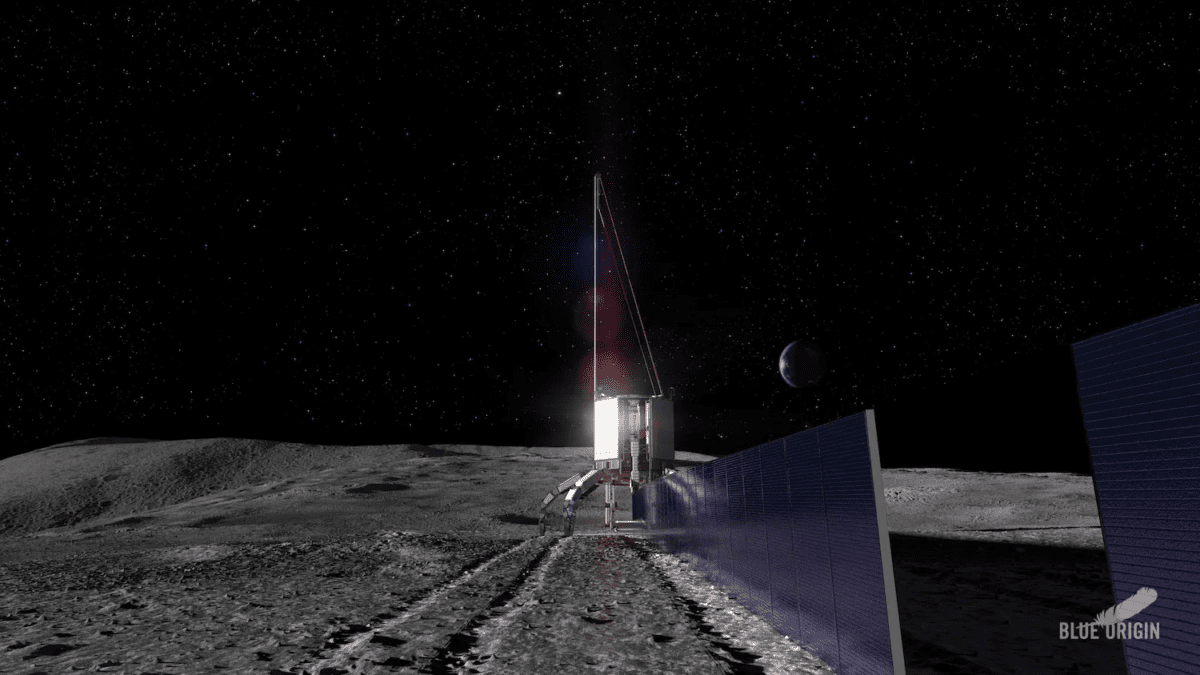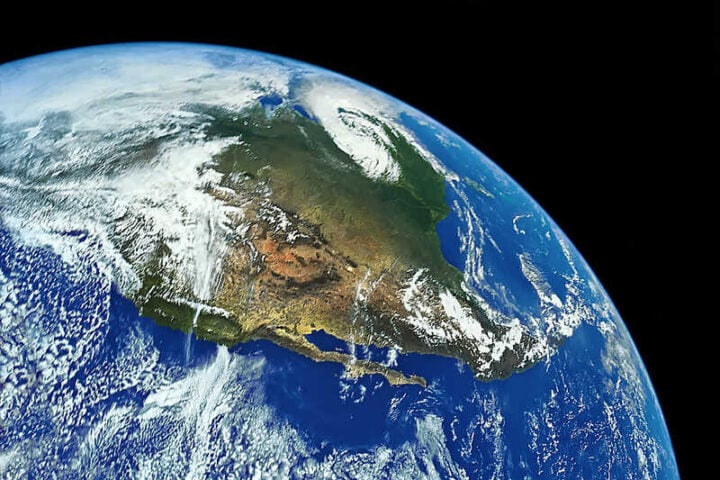Jeff Bezos’ Blue Origin has secured $34.7 million from NASA’s Tipping Point Program to develop a system, named “Blue Chemist”, capable of producing solar cells from lunar materials. The project intends to use lunar regolith— the moon’s surface dust and crushed rock— as raw materials for creating solar cells and electrical transmission wire. This initiative aligns with NASA’s long-term goal of harnessing resources in space to both benefit Earth and support sustainable exploration. By making space more habitable and exploratory missions self-sustainable, the manufacturing process aims to utilize molten regolith electrolysis to extract essential elements like oxygen, iron, silicon, and aluminum.
The oxygen produced through this process could serve as a life support system or be used for rocket propulsion, further advancing the field of space exploration. Blue Origin, based in Kent, Washington, has been developing this technology for a few years, using Earth-produced stimulants as a substitute for lunar regolith. NASA’s Tipping Point program partners with commercial space ventures to fund technologies that could contribute significantly to long-term space exploration. The Artemis V mission, currently slated for 2029, is anticipated to be a significant advancement, with Blue Origin’s lander taking two astronauts to the lunar surface.
NASA’s Lunar Gateway, an orbiting space station yet to be constructed, will be utilized by this mission, involving a Xis Cislunar transporter and an unmanned lunar landing demonstration. Blue Origin joins Lockheed Martin, Draper, Boeing, Astrobotic, and Honeybee Robotics in the consortium, which is awarded the $3.4 billion contract for the Artemis V Mission. Zeno Power Systems is another noteworthy recipient of the Tipping Point Program, awarded $1.5 million for Power Harmonia, a project aimed at creating a new radioisotope power supply for the Artemis moon program. By proposing to use americium-241 as fuel, Project Harmonia seeks to transform the moon from a location darkened by night into one enlightened by science and exploration.
In theory, this new power supply could provide consistent power to lunar bases for years, utilizing radioactive material currently classified as nuclear waste. The Project Harmonia collaboration includes Intuitive Machines, NASA Glenn Research Center, NASA Marshall Flight Center, Sunpower, and the University of Dayton Research Institute. With these grants, NASA stimulates American innovation by investing in technologies that could lay the groundwork for future space exploration. Each recipient, as a part of the sixth round of Tipping Point grants, is expected to fund a minimum percentage of the total project cost, ranging from 10% to 25%, depending on the company’s size.
Similar Post
NASA’s investment in this round of Tipping Point is projected to reach $150 million over a period of up to 4 years. The Artemis Missions of NASA aim to land the first woman and the first person of color on the lunar surface, in preparation for future human missions to Mars. The lunar lander for the first lunar surface expedition of the 21st century will be provided by SpaceX, as part of the Artemis III mission, scheduled for 2025. Artemis III will mark humanity’s first return to the moon in more than 50 years, targeting a landing near the lunar South Pole.
NASA’s aim is to create a lunar economy by encouraging multiple companies to provide moon landing services, fostering growth in the private space flight industry. The Artemis mission fosters innovation, reduces costs, and lays the groundwork for commercial capabilities by combining two distinct lunar lander designs. The upcoming Artemis missions will involve NASA’s Orion capsule and Space Launch System rocket, both already tested in late 2022 during an unmanned mission around the moon. Each Artemis mission marks a critical step towards a new age of human spaceflight, made possible through NASA’s commercial and international partnerships. In this promising era of space exploration, collaborative ventures are not only pushing the boundaries of our knowledge but also laying the foundation for humanity’s future in space.

















